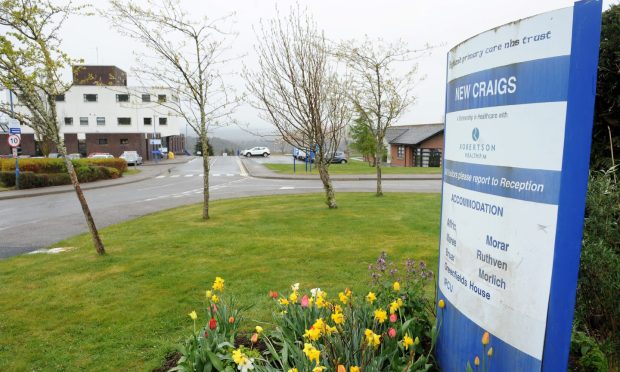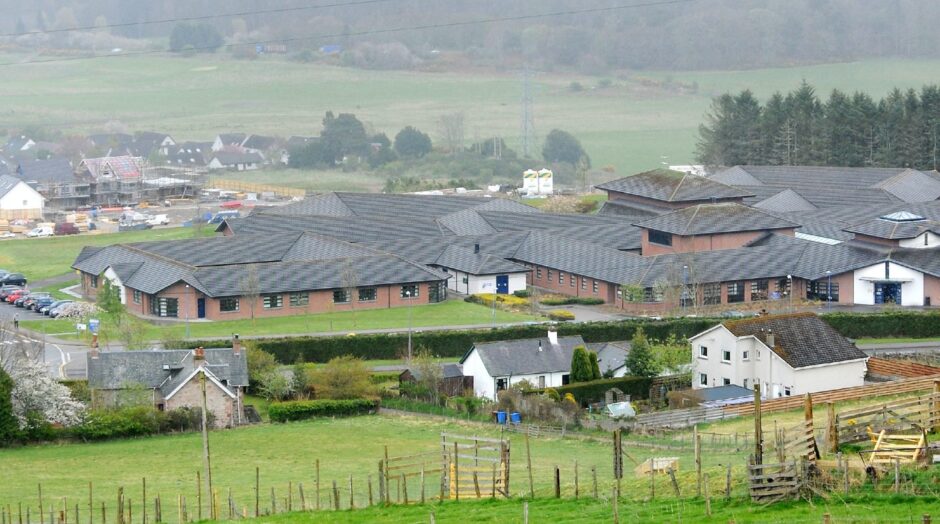Appointments have been cancelled and health workers are being forced to vacate offices after Raac was discovered in several Inverness hospital buildings.
A UK-wide inquiry was launched last year after it emerged that buildings constructed with reinforced autoclaved aerated concrete (Raac) were in danger of collapse.
Work to inspect which public buildings are affected has been going on ever since.
Now, three buildings at New Craigs Hospital in Inverness have been identified as having Raac.
And an “intrusive” survey of the Clava, Drumossie and Torvean buildings must now take place, forcing staff and outpatients to move elsewhere.
Which health services have been affected by Raac discovery?
A spokesman for NHS Highland said all of the incidences of Raac in its buildings were “low risk” and being monitored.
He added: “As part of this monitoring process, we have identified Raac in the Drumossie, Clava and Torvean buildings on the New Craigs campus.
“Further inspection of this identified the need for intrusive surveys to be carried out in each of these buildings.
“This work will require services to temporarily decant into alternative accommodation.
“We are in the process of finalising alternative accommodation and will be in touch with patients affected as soon as we can.”
NHS Highland has been asked to confirm how many patients have been affected by the disruption.
Its musculoskeletal physio appointments have been disrupted at the Torvean building, where the service is based.
The Clava ward is the home of the community midwife team.
The Drumossie unit houses several psychology and psychiatric services.
It is understood a lot of appointments will be moved online.
Meanwhile, all the departments involved are holding urgent meetings in a bid to find new homes.
What is Raac and why is it a problem?
Raac is a lightweight material that was used in the construction of some buildings between the 1950s and 1990s.
A cheaper alternative to standard concrete, it was also much quicker to produce.
However, it has a limited lifespan.
Its “bubbly” texture has led some to describe it as looking like an Aero chocolate bar.
But that texture means that it is easier for water to enter the material.
Ultimately, that makes it far less durable than standard concrete and it could lead to potential structural failures.
A survey at Raigmore Hospital found Raac in four different zones.
Fortunately, the instances at the north’s flagship hospital are not in a critical condition.
National Services Scotland has assured NHS Highland there is no need to take action there.



Conversation